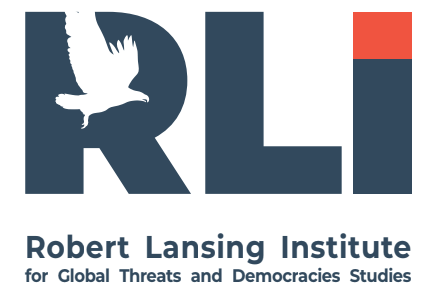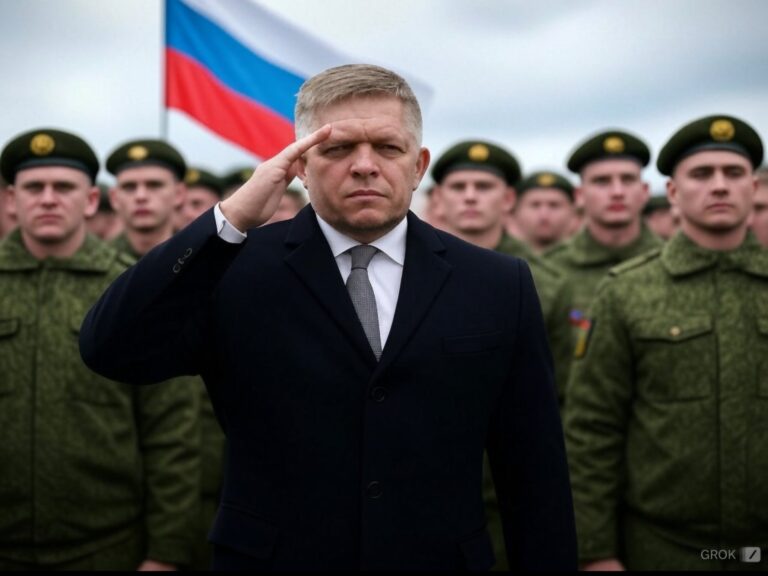Slovak Prime Minister Robert Fico’s foreign policy realignment toward Russia, combined with nationalist rhetoric and active distancing from Western security consensus, has sparked comparisons with the historical legacy of Jozef Tiso—the wartime Slovak leader who aligned the country with Nazi Germany. While the contexts differ, the core pattern of aligning with revisionist aggressors against European unity echoes dangerously. Recent statements by the Slovak Ministry of Foreign Affairs (MFA), which hesitated to unequivocally blame Russia for its war of aggression against Ukraine, underscore the risks of Slovakia becoming a weak link within the EU and NATO, undermining collective deterrence and rule-of-law principles.
I. Historical Parallel: Tiso’s Support for Nazi Germany
Jozef Tiso’s Policy in Brief
- Tiso, a Catholic priest and nationalist politician, led the First Slovak Republic (1939–1945), a Nazi client state.
- He supported German territorial ambitions, facilitated anti-Semitic laws, and oversaw the deportation of Slovak Jews to extermination camps.
- Tiso’s collaboration is seen as moral surrender in exchange for nominal sovereignty under fascist protection.
Strategic Logic Behind Tiso’s Alignment
- Fear of Hungarian irredentism pushed Slovakia toward Nazi protection.
- Elites sought internal control via authoritarianism, aligning with totalitarian models.
- National identity was manipulated to justify anti-democratic policy.
II. Fico’s Russia Policy: Appeasement in a Modern Cloak
Key Aspects of Robert Fico’s Foreign Policy Shift
- Opposition to military aid for Ukraine and open skepticism toward NATO strategy.
- Normalization of relations with Russia, including meetings with Kremlin-friendly figures.
- Adoption of anti-liberal, anti-Brussels rhetoric, similar to Hungary’s Viktor Orbán.
- Silencing criticism of Russia’s war crimes, promoting “peace at any cost” narratives.
Consequences and Risks
- Weakening regional security cooperation (e.g., V4, Bucharest Nine).
- Erosion of deterrence posture against Russia across NATO’s eastern flank.
- Fueling far-right and pro-Russian sentiment inside Slovakia.
- Undermining Slovak credibility within EU institutions.
III. Comparing Tiso and Fico: Different Eras, Similar Logic
| Dimension | Jozef Tiso | Robert Fico |
| Context | WWII; Nazi Germany’s rise | Post-2014 Russian aggression |
| Allied with | Nazi Germany | Russia (de facto political alignment) |
| Motivation | Protection from Hungary, power consolidation | Power preservation, ideological alignment, Russian economic ties |
| Democratic Backsliding | Yes (authoritarian state) | Yes (judiciary reforms, media pressure, populism) |
| External Dependency | Germany | Russia (energy, political support) |
| International Criticism | Wartime complicity in genocide | Undermining EU/NATO unity |
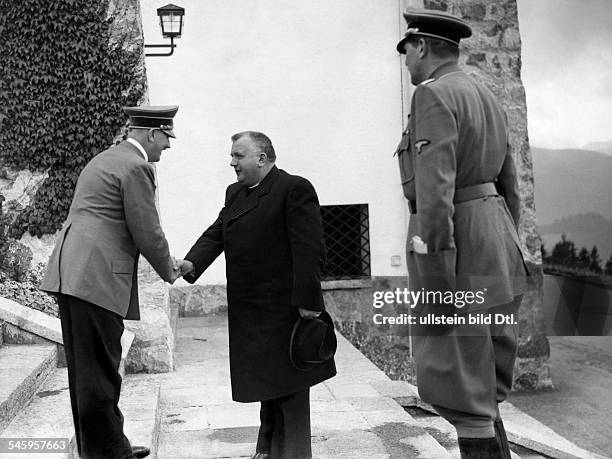
Conclusion: Fico does not emulate Tiso’s fascism or genocidal policies, but the strategic pattern—siding with a revisionist aggressor against the European order—resonates ominously.
IV. Slovak MFA Statement: Dangerous Ambiguity
In June 2025, the Slovak MFA issued a noncommittal statement on the origins of the war in Ukraine, failing to directly assign blame to Russia despite clear international legal consensus.
Why This Is Dangerous:
- Legitimizes Russian narratives that blame NATO or Ukraine for the war.
- Violates EU common foreign policy stance and softens the consequences of aggression.
- Sends a message of weakness to regional allies like Poland, the Baltics, and Czech Republic.
- Potentially alienates Ukraine, Slovakia’s neighbor and major trade/security partner.
This echoes Tiso’s early soft-pedaling of Nazi policies, before full alignment, showing how ambiguity can evolve into complicity.
V. Threats to Slovakia’s Future
1. Security Vulnerabilities
- Fico’s policies make Slovakia a vulnerable flank in NATO’s eastern defense line.
- Russian intelligence activities could intensify under a permissive political climate.
- Loss of trust among NATO allies, especially in contingency planning.
2. Economic and Diplomatic Isolation
- Risk of sanctions or funding freezes from EU mechanisms (e.g., rule-of-law conditionality).
- Decline in investor confidence due to perceived alignment with autocracies.
- Potential reduction of cross-border cooperation with Ukraine and the Baltic states.
3. Domestic Radicalization
- Empowerment of far-right, pro-Kremlin factions (e.g., Republika).
- Degradation of media freedom and civic space, as seen in Fico’s earlier terms.
- Spread of anti-Ukrainian and anti-Western disinformation.
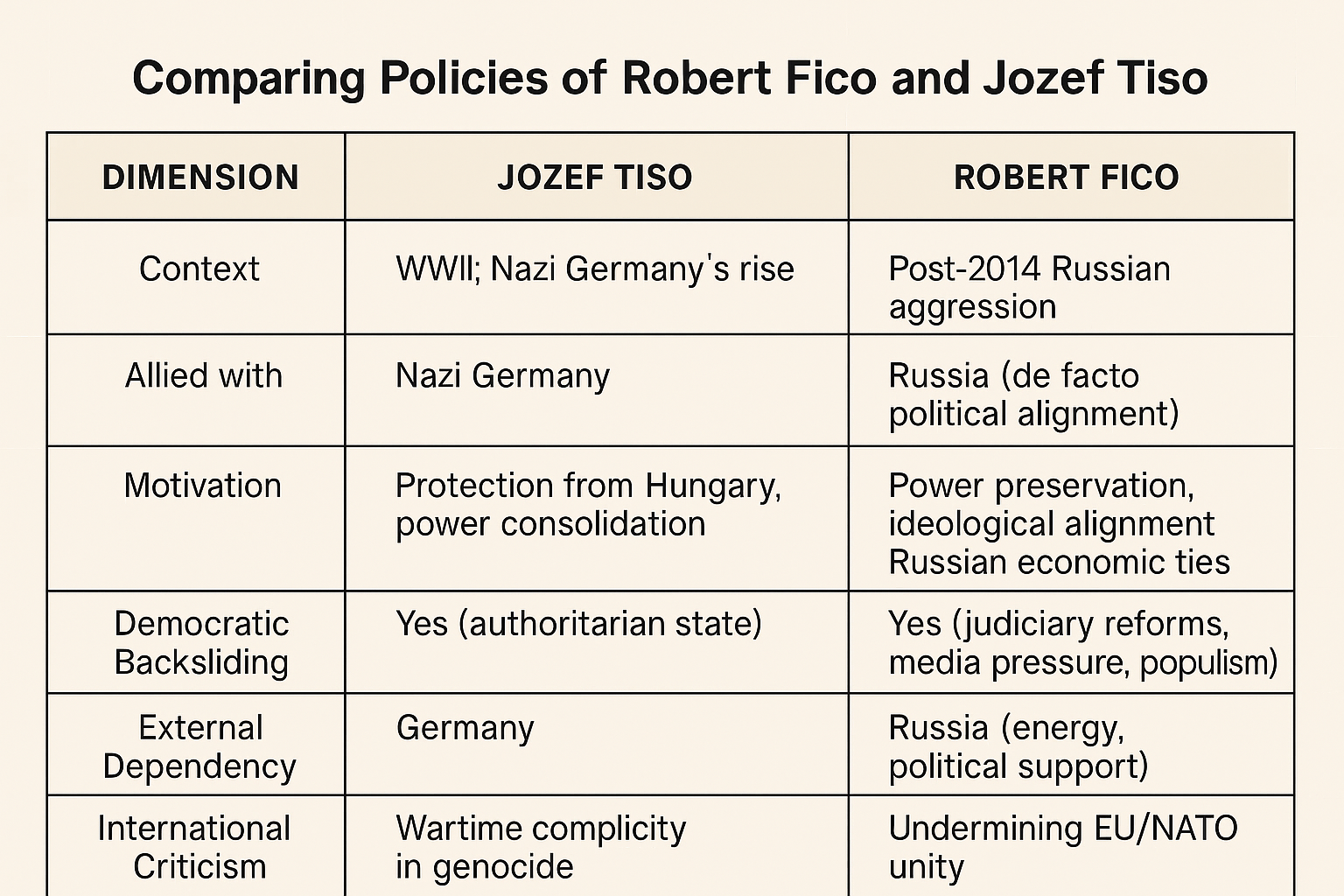
VI. Policy Recommendations for the West
- Increase Diplomatic Pressure: EU and NATO partners should demand clarity from the Slovak MFA and penalize backsliding with political consequences.
- Engage Slovak Civil Society: Invest in media literacy, youth engagement, and pro-democratic institutions to build resilience.
- Support Ukrainian-Slovak Ties: Highlight mutual interests in infrastructure, border trade, and energy security.
- Track Intelligence Penetration: Closely monitor potential FSB or GRU influence operations exploiting Fico’s permissiveness.
VII. Conclusion: Slovakia at a Crossroads
The Fico government’s posture toward Russia and its ambiguity on the Ukraine war represent not just policy errors, but historical amnesia. The legacy of Jozef Tiso—who placed Slovakia under the protective wing of an aggressor in exchange for short-term gains—should serve as a warning, not a model. Fico’s strategy risks isolating Slovakia, weakening its democratic institutions, and destabilizing Europe’s eastern frontier at a time when unity is vital.
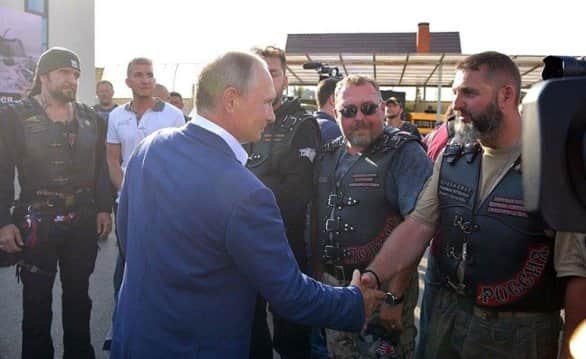
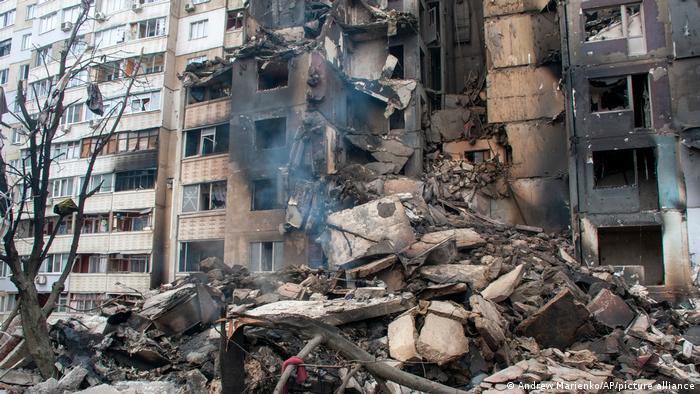
More on this story: Russia proved to succeed Nazi Germany
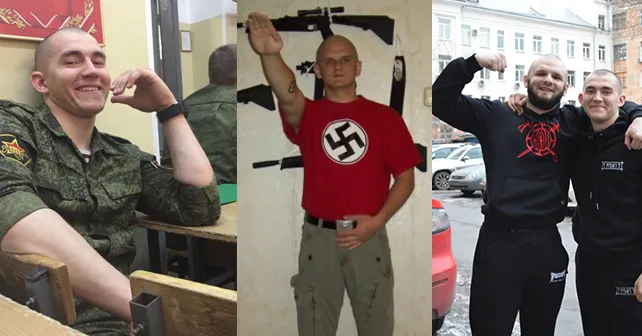
More on this story: Russia’s political line: neo-Nazism
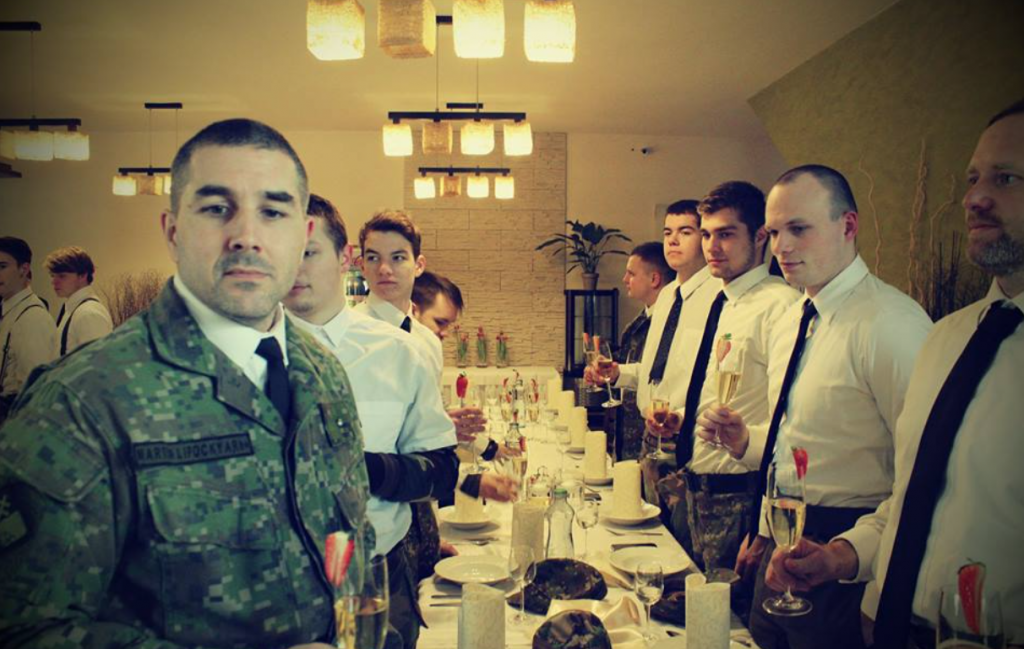
More on this story: Russia keeps setting up and backing neo-Nazi fighting groups in the West
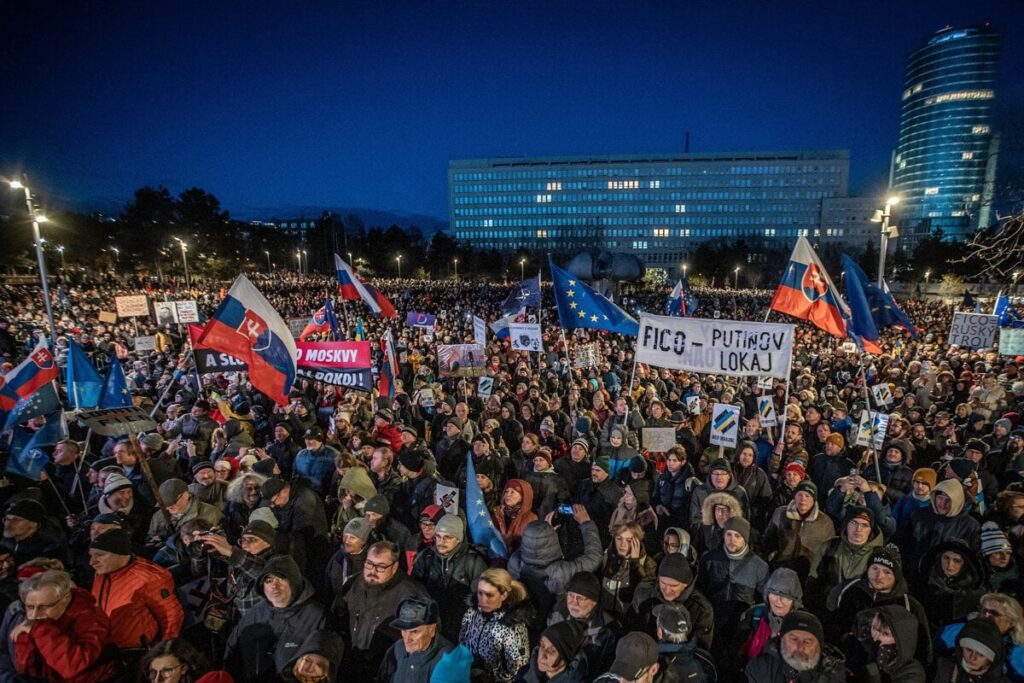
More on this story: Slovak Government May Seek Kremlin Support to Suppress Protests
